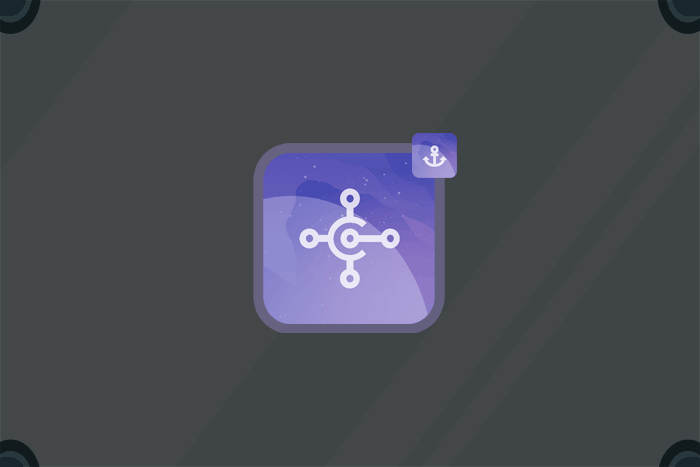If you’ve worked with payments, banks, or ERP systems in the last few years, chances are you’ve heard of ISO 20022. It sounds new, technical, and maybe even a bit overwhelming. But here’s the truth: ISO 20022 has been around for years.
The real challenge isn’t the standard itself, it’s how everyone interprets it. And that’s where Strawbay enters the picture.
What Is ISO 20022 in Simple Terms?
ISO 20022 is a global standard for financial messaging. Think of it as a common language for banks, businesses, and software platforms to talk about things like payments, account statements, and bank-to-bank messages. It replaces older, more fragmented systems with a rich, structured XML format.
The goal? Better automation, richer data, and fewer errors.
ISO 20022 uses message types like:
- pain.001: Payment initiation (e.g., a company paying a supplier)
- pain.002: Status reports (e.g., a payment was accepted or rejected)
- camt.053: Account statements (e.g., daily bank statement)
- camt.054: Credit/debit notifications (e.g., money just landed in your account)
So Why Is Everyone Still Talking About ISO 20022?
Because although the standard exists, its implementation isn’t standardized. Every bank, payment processor, and ERP system tends to put its own spin on ISO 20022. Some require certain fields, others ignore them. Some demand extra metadata, others strip it out.
All this has led to a situation where: One pain.001 file might work for Bank A, but get rejected by Bank B, even though both “support ISO 20022”
Enter: Variations, Profiles, and Customization Bonanza
What we’re dealing with isn’t a lack of standardization, but a proliferation of custom ISO 20022 profiles. These are bank-specific or region-specific implementations that bend the standard to local rules, legacy systems, or business policies.
A famous example: the now-shelved P27 initiative, was a Nordic attempt to unify real-time, cross-currency payments under ISO 20022. Technically sound and strategically ambitious, but ultimately too complex to align across so many players.
The Solution: Transparent Mapping & Adaptation
At Strawbay, we embrace this diversity rather than fight it. Our iPaaS platform acts as a transparent integration layer that:
- Understands variations of ISO 20022
- Maps between different profiles and platforms
- Validates messages against bank-specific schemas
But Strawbay go beyond ISO 20022. You’re not limited to one standard and can:
- Integrate legacy file formats (CSV, EDI, flat files, BGMax and LBAter files used by Bankgiro)
- Connect to APIs from modern ERPs, banks, and platforms
- Normalize and transform data across ecosystems
- Think Bigger: ISO 20022 Is Just the Start
Standardization is important. But it’s just one piece of the puzzle. Real-world financial ecosystems involve:
- Mixed standards (ISO, proprietary formats, JSON APIs, etc.)
- Legacy systems that can’t be updated overnight
- Multiple vendors, regions, currencies, and compliance rules
- Strawbay bridges all of this.
We let you handle ISO 20022 variations with confidence, while also giving you freedom to connect beyond that world. Because at the end of the day, it’s not about conforming to one format. It’s about making sure your data flows, securely and correctly, wherever it goes.
Want to talk ISO 20022 and integrations with us?
ISO 20022 isn’t new, it’s mature. The noise you’re hearing is the sound of systems catching up, not the arrival of something unfamiliar. The real value lies in how you handle the complexity beneath the surface.
Let Strawbay help you cut through the fog, as a knowledgeable partner that scales with your business and can handle whatever small or large volumes you need.




